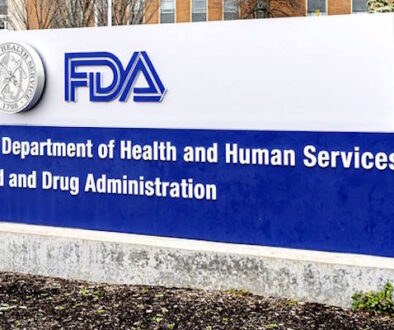US Government Pays Hospitals More For Patients Treated With Remdesivir
CMS (Centers for Medicare & Medicaid Services) said on October 28, 2020 that Medicare will pay hospitals extra when they treat in-hospital patients with drugs or biologicals approved by the Food and Drug Administration (FDA) for COVID-19. The additional payments are linked to the 20% bonus hospitals already receive for COVID-19 Medicare categories, and both require proof of a positive COVID-19 test.
Hospitals will receive an additional payment when treatment includes Veklury (remdesivir) or COVID-19 convalescent plasma to treat patients diagnosed with COVID-19.
The only catch is that hospitals must ensure they make a connection to the Medicare bonus for COVID-19 inpatients, said attorney Daniel Hettich, with King & Spalding in Washington, D.C. “You have to be eligible for the 20% add-on to get the new therapeutic add-on,” he said. “If you don’t have a positive test, you don’t qualify for the new treatment add-on payment.”
CMS Creates ‘New Treatments Add-On Payment
The ball for the newest add-on payments got rolling with the advent of coronavirus therapies. As the regulation explains, the FDA created a program for possible coronavirus therapies called the Coronavirus Treatment Acceleration Program, which includes issuing emergency use authorizations (EUAs) during the PHE. The FDA has issued EUAs for five drugs and biologicals for COVID-19, although only remdesivir and COVID-19 convalescent plasma are eligible for the add-on payment in connection with the inpatient prospective payment system (IPPS).
“We believe that as drugs or biological products become available and are authorized or approved by FDA for the treatment of COVID-19 in the inpatient setting, it would be appropriate to increase the current IPPS payment amounts to mitigate any potential financial disincentives for hospitals to provide these new treatments during the PHE,” CMS stated in the rule. “Therefore, effective for discharges occurring on or after the effective date of this rule and until the end of the public health emergency, CMS is using the exceptions and adjustment authority under section 1886(d)(5)(I) of the Act to create a New COVID–19 Treatments Add-on Payment (NCTAP) under the IPPS for COVID-19 cases that meet certain criteria.”
Hospitals Usually Absorb $30,000 First
Normally, Medicare outlier payments, which are extra payments for cases with extraordinarily high costs, only kick in after the hospital has incurred $30,000 in costs above the MS-DRG payment. In other words, under the standard outlier rules, a hospital would only receive 80% of the costs that exceed $30,000 of the IPPS payment, which means that hospitals eat the first $30,000 in losses. Under the IFC, however, when hospitals provide remdesivir or COVID-19 convalescent plasma and the patient has a positive COVID-19 test, Medicare will share in 65% of the first dollar losses that exceed the MS-DRG reimbursement up to the $30,000 outlier threshold.
In cases where costs exceed the $30,000 outlier threshold, “hospitals get the outlier payment they would typically get and an add-on payment as well,” Hettich said. Add-on payments also are available when hospitals don’t hit the outlier threshold if the costs for treating a patient exceed the MS-DRG payment.
“It’s good news for hospitals,” he said. “Medicare is notorious for being slow on paying for innovation, which is why this IFC is necessary in the first place. There are certain mechanisms, like new drug or device add-on payments, and outlier payments are the ultimate safety valve for hospitals, but a hospital typically has to first absorb a whopping $30,000 in losses,” Hettich said.
For example, if the COVID-19 treatment exceeded the MS-DRG payment by $100,000, based on the outlier payment alone, the hospital would receive $56,000 because Medicare’s formula for outliers is 80% of the cost above the inpatient payment after the hospital eats the $30,000. Under the IFC, however, because Medicare will now share in 65% percent of the first dollar losses up to the $30,000 outlier threshold, Hettich explained that the total Medicare reimbursement would be $75,500—the typical outlier payment of $56,000, plus the add-on payment of $19,500 (65% of the first $30,000 in losses is $19,500). “You would only get $56,00 normally, but because of the add-on payment, you get $75,500,” he said.
Sources:




